Best Fairway Woods 2025 - We pick our favorite after thorough testing
In this guide, we check out the best fairway woods that are currently available on the market

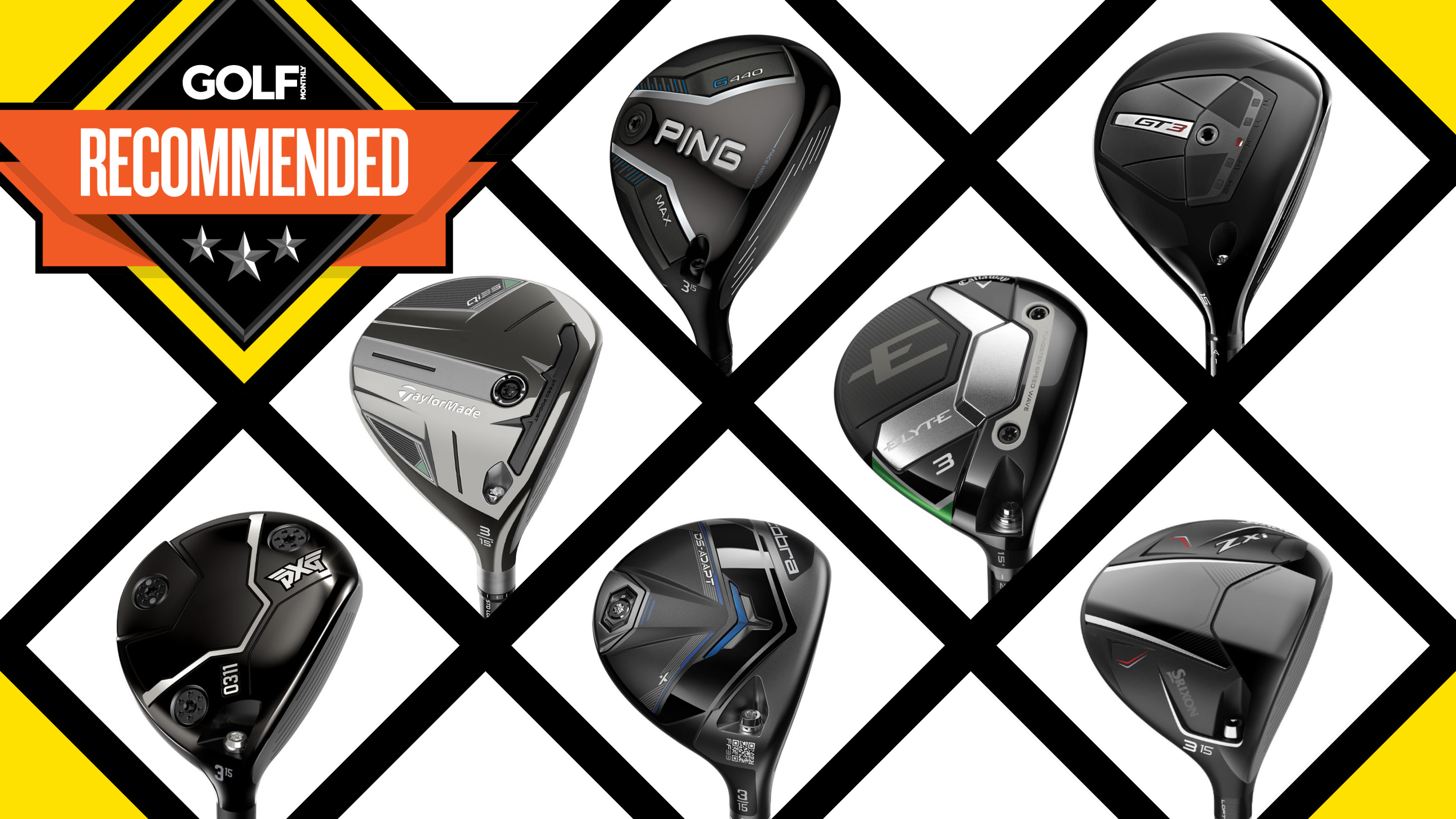
When it comes to the fairway wood, we believe it is an under-rated club in terms of importance, especially as it can also be one of the hardest slots to fill in your golf bag due to the difficulty some golfers have hitting them. Although we don’t use them as much as irons, drivers, wedges and putters, when we do pull the headcover off they really have to step up and perform, either off the tee or on those longer fairway shots into par 5s or monster par 4s.
Crucially, these clubs can be used all around the course, likes areas from the rough, to those little bump and runs on the greens. What's more, unlike wedges and drivers which are usually replaced every few years, fairway woods typically stay in the bag considerably longer, due to the fact we don’t tend to hit them as much in practice. This means that finding the right one can really help knock shots off your score.
The good news is that evolutions in multi-material construction and the use of A.I (artificial intelligence) in face design, means that the best fairway woods now deliver more distance and consistency off the tee than ever before. In addition, they are also easier to pick up off the fairway, can be hit well out of rough and, with practice, can even be used around the green from collar rough or mown aprons.
At Golf Monthly, we test all manner of fairway woods on course, at the range and indoors and, in this guide, we have listed what we think are the best fairway woods that money can buy right now. However, if you are looking to really hone in your focus on a specific area, you can also check out our guides on the best fairway woods for mid handicappers, best women's fairway woods or for something different in that section of the bag, the best golf hybrid clubs.
The Quick List
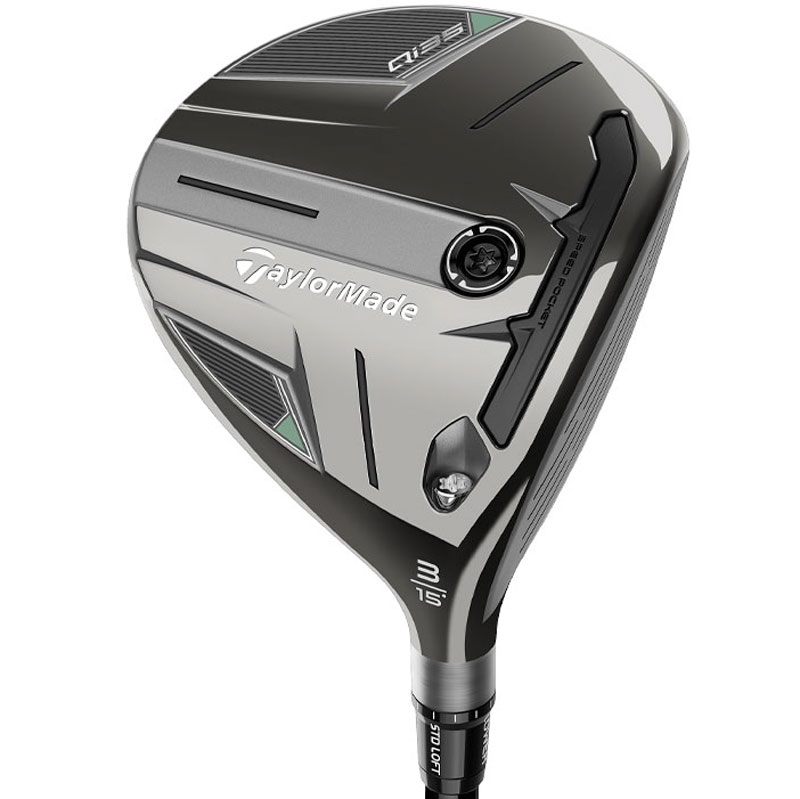
Premium aesthetics meet fabulous performance with the Qi35 Fairway Wood, delivering excellent ball speed and distance numbers for what will be one of the most well-rounded woods of 2025.
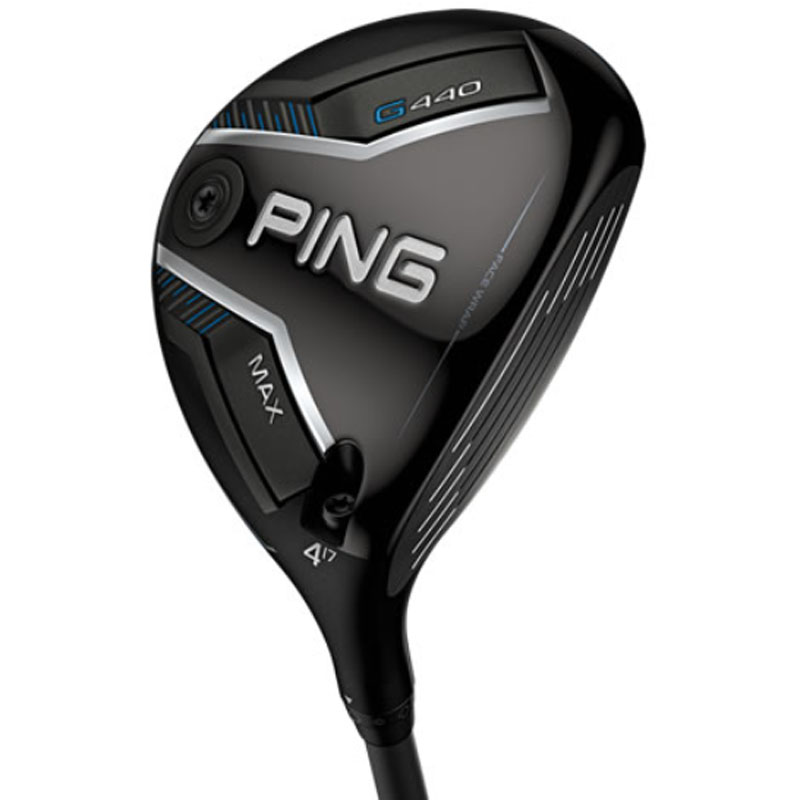
A new premium looking carbonfly wrap graces the top of the G440 Max, improving the looks of what was one of our favorite fairway woods of 2024 - the G430. The forgiveness is also of particular note from our testing.
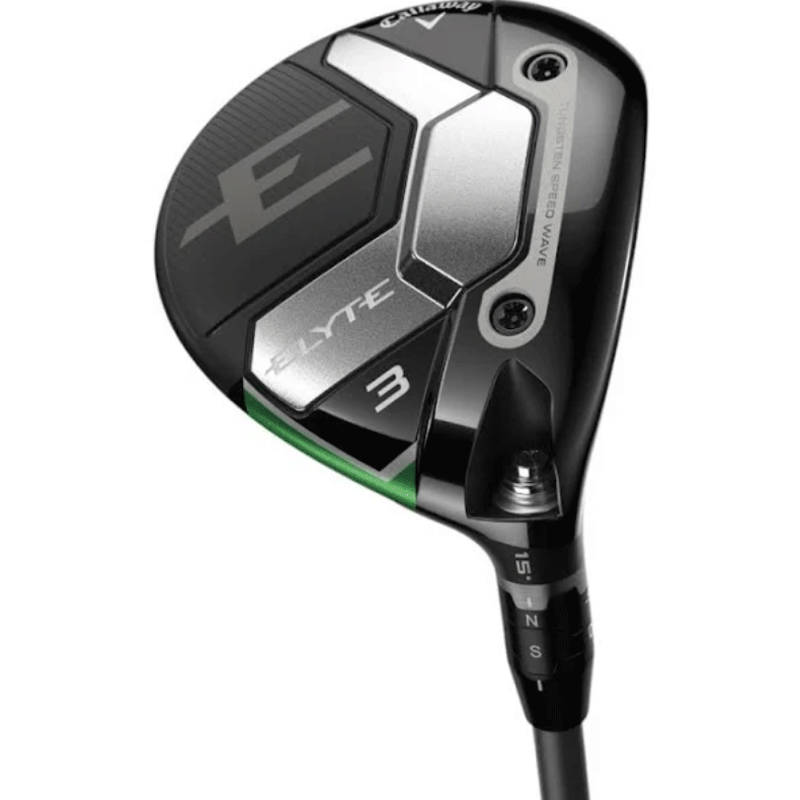
Not the prettiest fairway wood to hit the shelves in 2025 but a contender for the best performing, the Elyte is a confidence inspiring, versatile fairway metal that's long from both the tee and fairway.
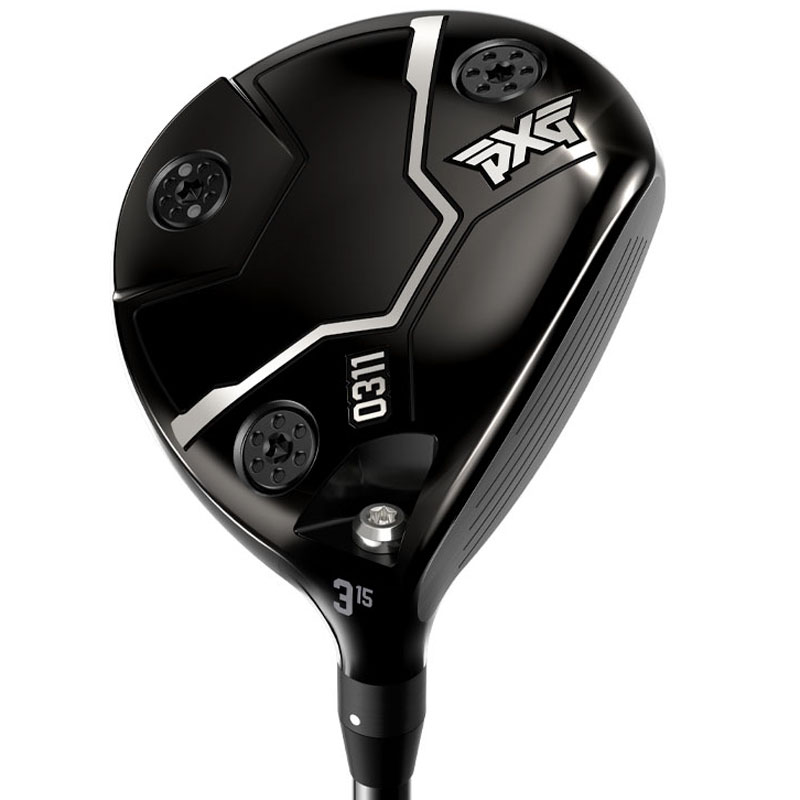
The Black Ops Fairway Wood combines stealth-like, modern aesthetics with precision weighting for excellent performance. Not only did it perform well from the tee and fairway, but the high launch was noticeable, was was the adaptability.
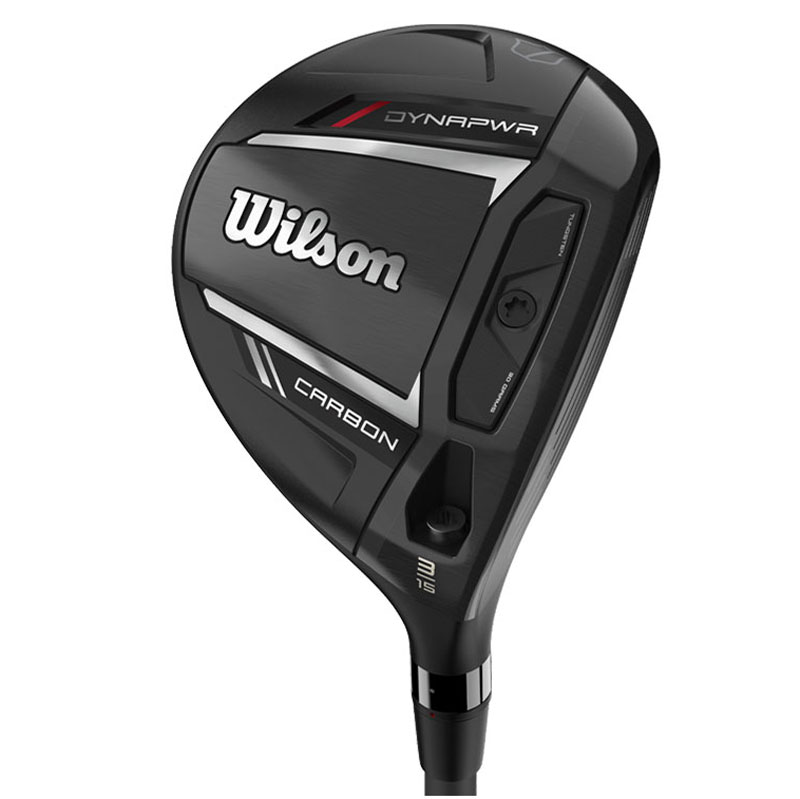
Boasting a new modern look, the DYNAPWR Carbon provides a left-field, value friendly option for the better ball strikers. Wilson as brand can sometimes get forgotten, but with woods like this, they are worth considering.
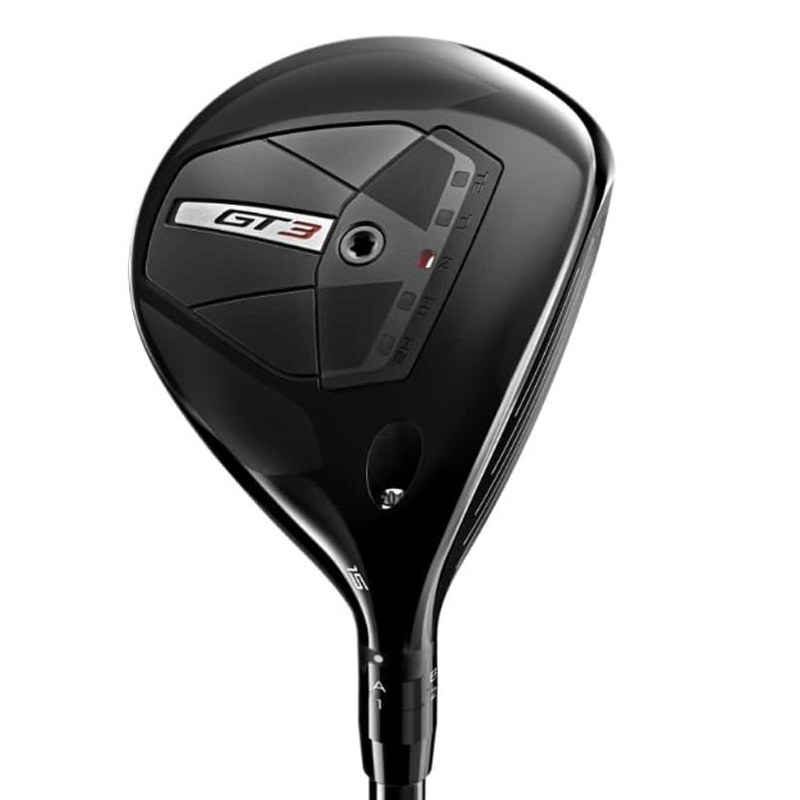
The GT3 offers an incredible amount of adjustability and, thanks to a new construction, it provides excellent ball speed numbers and distance. I also really enjoyed the powerful, Tour-proven sound off the face.
Load the next 3 models
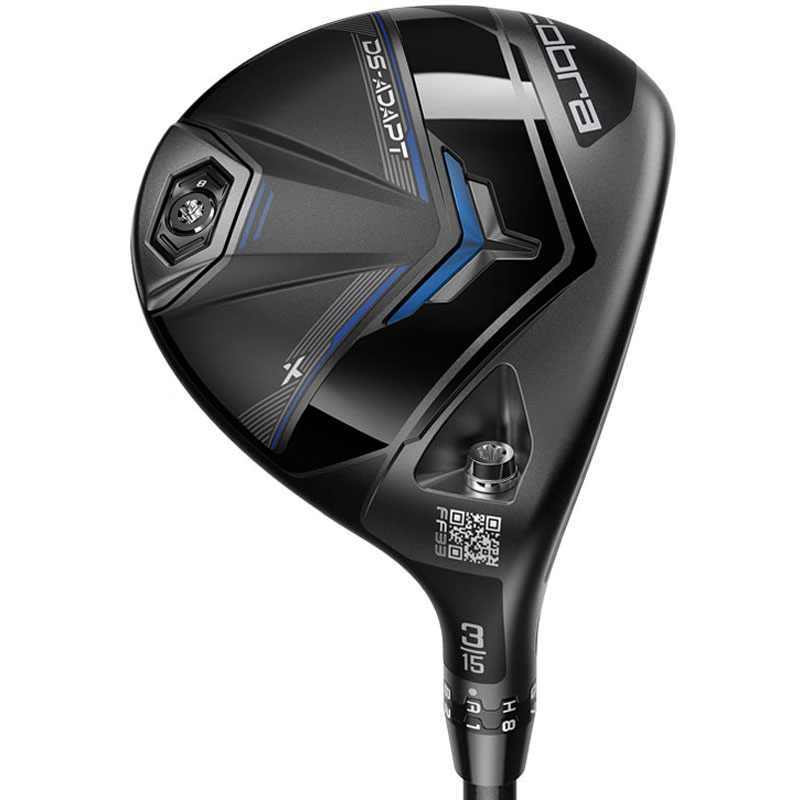
The Cobra DS-ADAPT X fairway wood is a club that is pleasing on the eye and offers solid performance in a number of areas. The FutureFit33 hosel allows for complete customization and combines with ample forgiveness and ball speed.
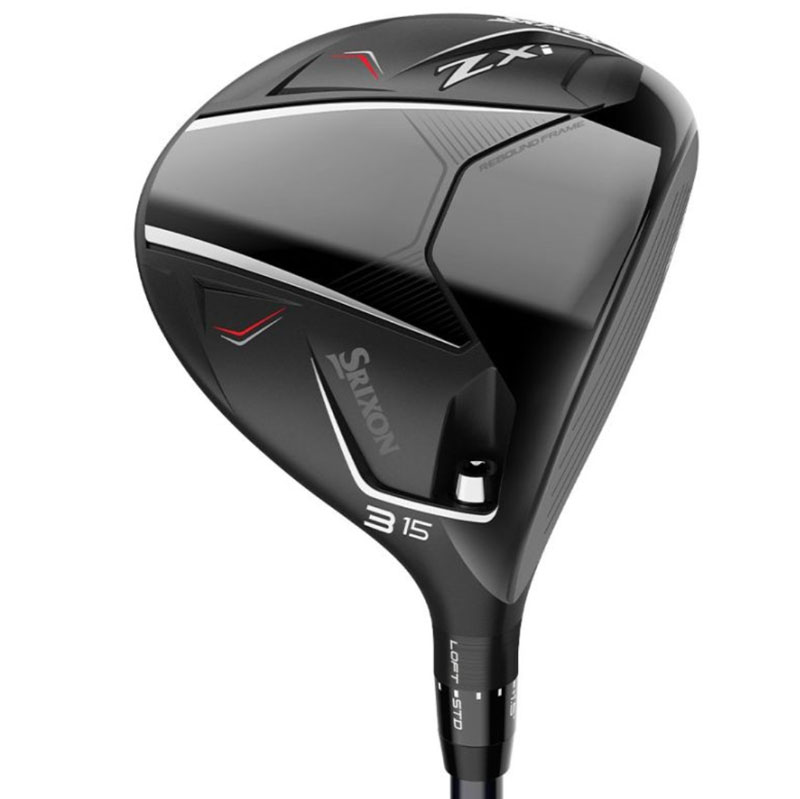
A new refined visual makeover coupled with technological advancements mean the ZXi gives premium looks and performance that rival any other fairway wood on the market this year, especially off the tee.
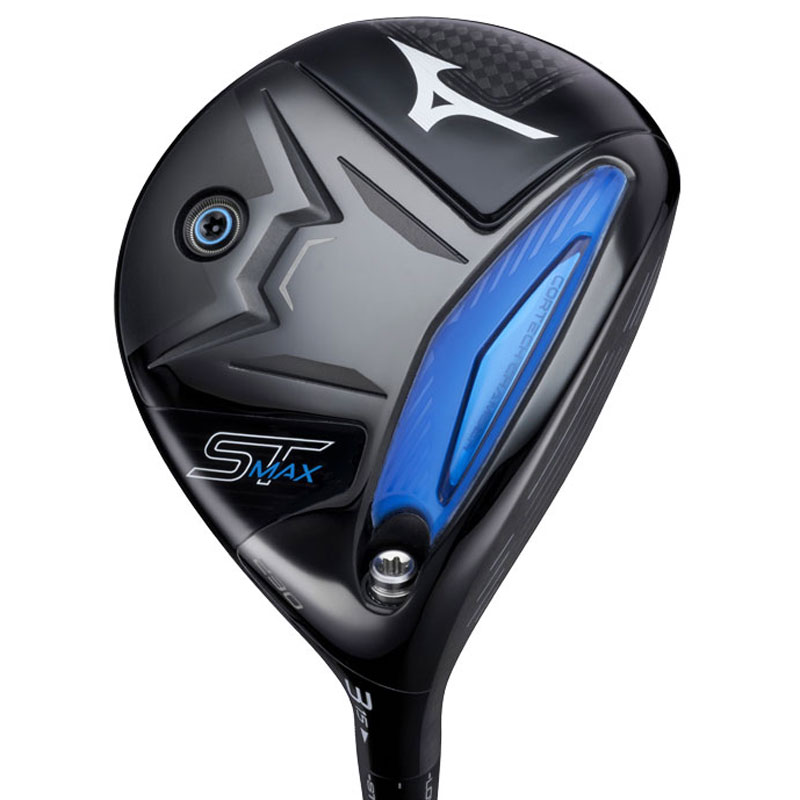
Mizuno has produced an extremely solid, beautifully looking fairway wood here, which easy launch and a really enjoyable feel wrapped up in a clean, compact and attractive pear-shaped head.
Best Fairway Woods - Best 3 Woods and Best 5 Woods
Top pick
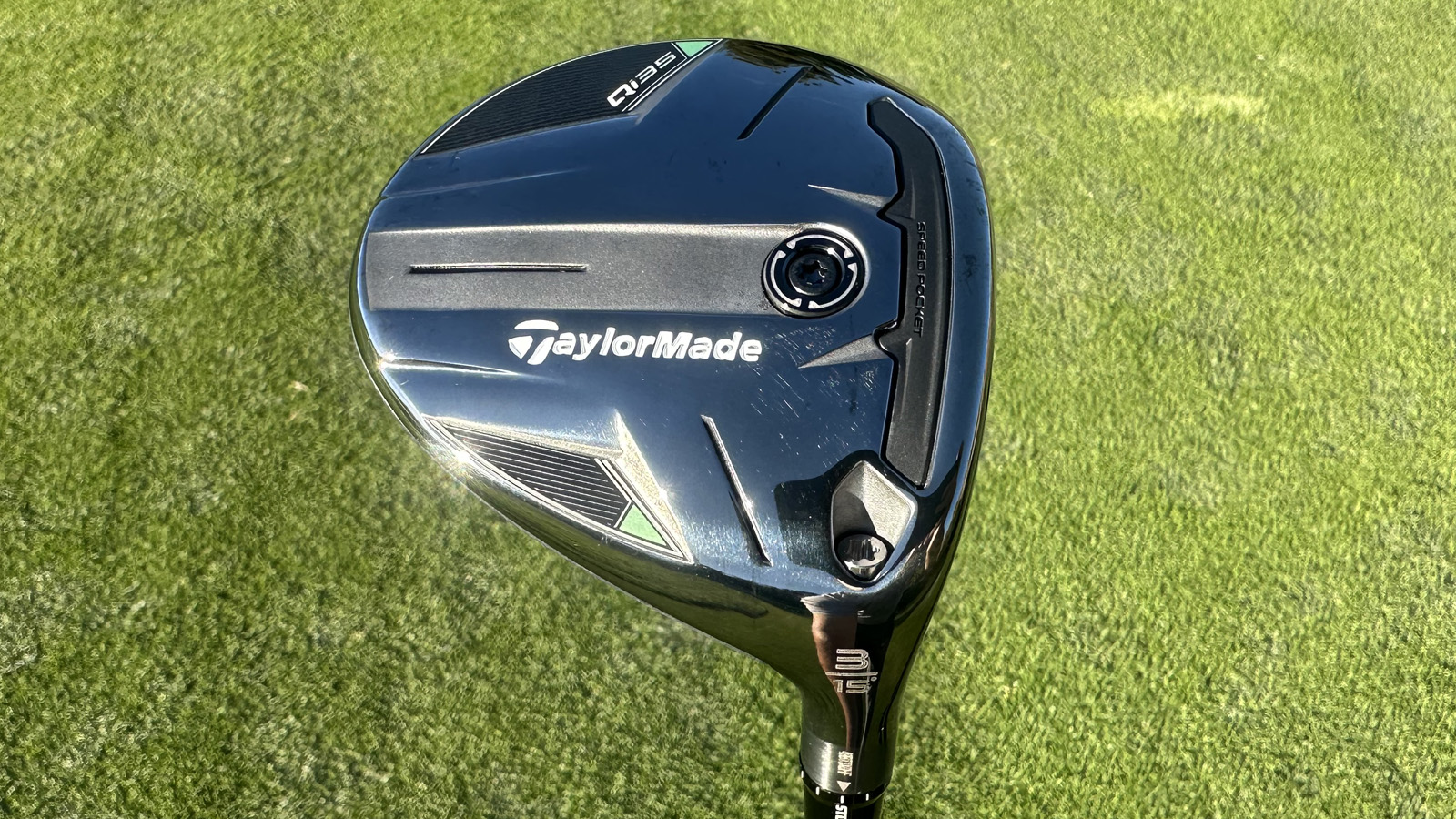
Specifications
Reasons to buy
Reasons to avoid
Given how well the Qi10 fairway woods performed last year, I was excited to compare the performance of the new Qi35 models. The first thing I noticed were the aesthetic changes TaylorMade made, chief among which is the new carbon-fiber finish which looks fantastic. This combines with the multi-material construction to give a really eye-catching look which certainly adds to the experience.
Indeed the standard head I picked here looks excellent behind the ball, confidence-inspiring but not so large that better players will be put off - it will suit the eye of a wide range of players. The head sits flush on the ground and is complimented by the fairly shallow face. The detailing at the back of the crown really emphasizes the roundness of the head as well, which I loved.
Performance wise the numbers were very impressive, especially in terms of ball speed, carry and spin. The feel was the same muted, yet powerful sensation I loved from the Qi10 fairway wood range. It's hard to beat the looks from this family of fairway woods and you'll be pressed to find as club that is head and above in terms of performance, too. As such it is my overall top pick in this guide.
- Read our full TaylorMade Qi35 Fairway Wood Review
Most forgiving
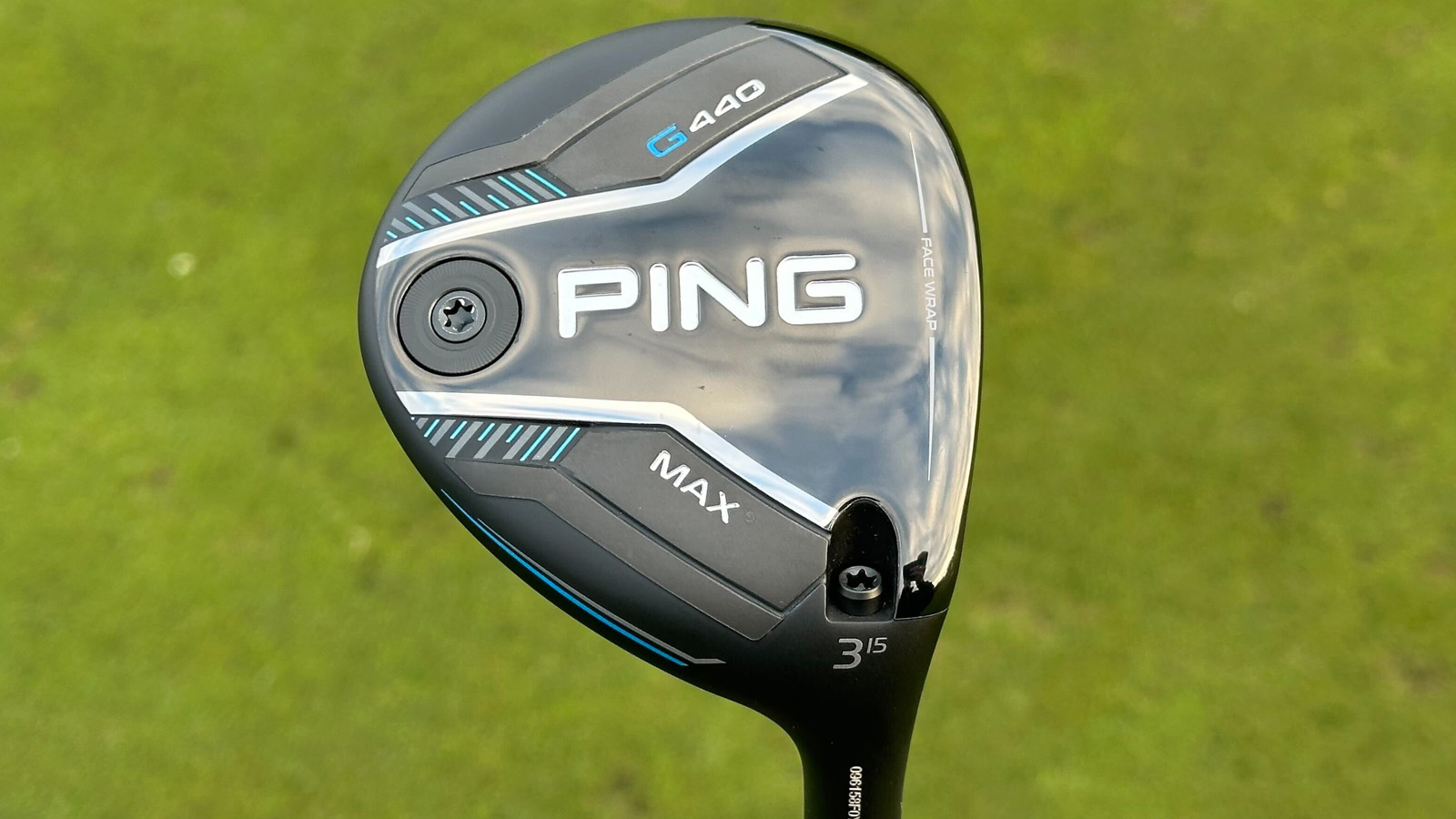
Specifications
Reasons to buy
Reasons to avoid
Given how much I loved the Ping G430 fairway wood in 2024, it was going to take a mammoth effort from Ping to deliver something special enough to come in and replace it. Enter the G440.
Ping started with the looks and I think they've made some tangible improvements to the aesthetic. This is mainly thanks to the new Carbonfly Wrap featured on all of the G440 family of drivers and woods - this was previously only reserved for the LST from the G430 range. I'm less keen on the sole of the club which sports a black and blue colorway, a nod to the original G series family released almost a decade ago. Of course looks is a subjective point though so many will like this new design.
When focusing on performance, it surprised to find that during testing my carry numbers were lagging short of other models I've tested so far in 2025 despite ball speed numbers remaining pretty high and consistent. This is likely due to the fairly low launch and high spin this wood promotes. This resulted in a fairly underwhelming carry average, falling short of competitors like the TaylorMade Qi35 fairway wood and Callaway Elyte fairway wood. However I did love the 4-wood performance as it offered that higher flight which many golfers will enjoy. And it is worth saying that the ball speeds remained consistent across the face which aids the forgiveness on offer here.
Overall the G440 has kept much of what made the G430 so great but from my testing I struggled to find an area in which their were any significant improvements. Nevertheless, it still remains a great option to consider when shopping in the fairway woods market.
- Read our full Ping G440 Max Fairway Wood Review
Best feel
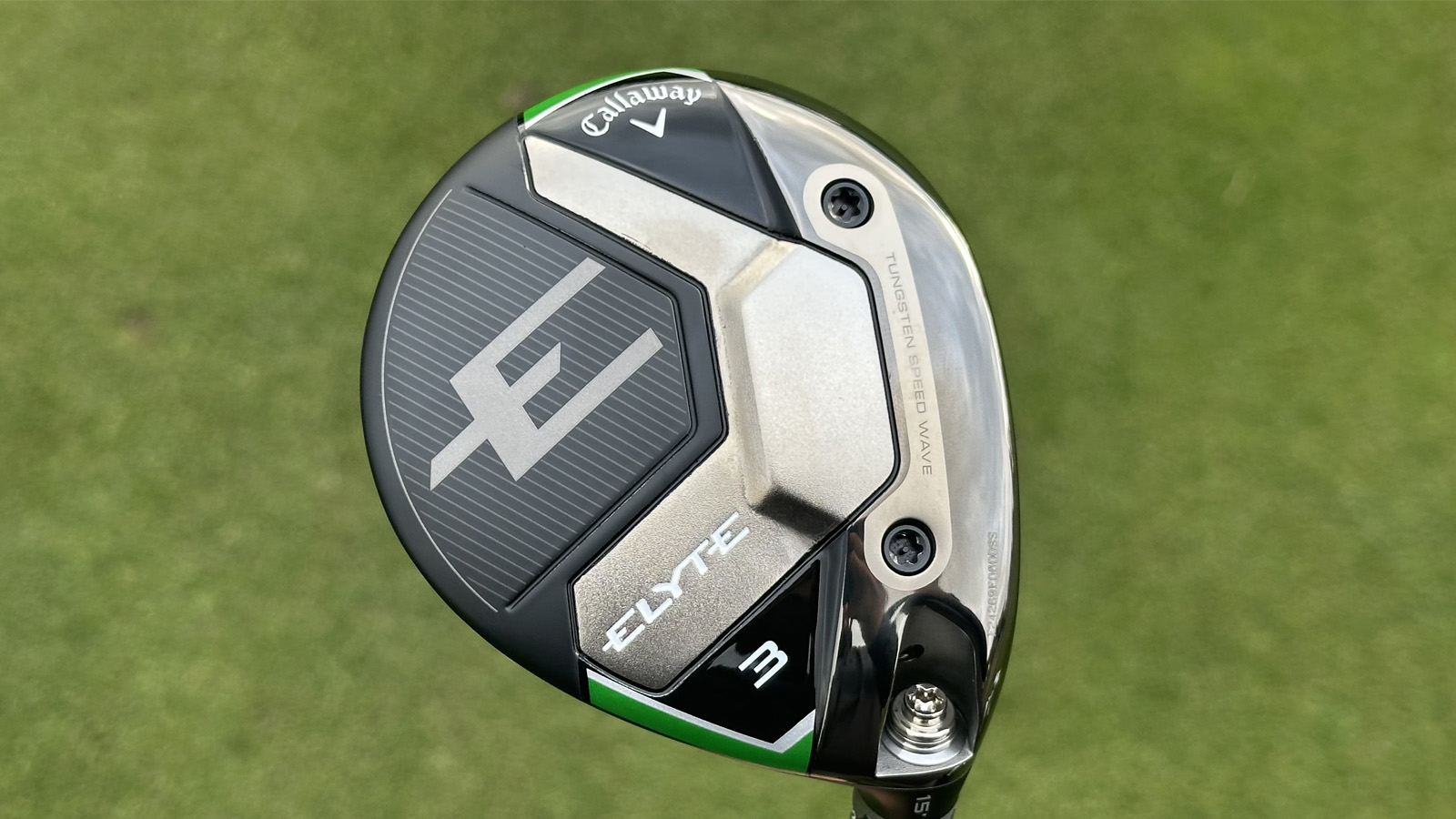
Specifications
Reasons to buy
Reasons to avoid
It was always going to be difficult to back up the beautiful Ai Smoke family of woods, but what the Elyte lacks in looks it makes up for in performance. My first impression in testing was very good indeed - there was a nice turf interaction thanks to the Step Sole design which minimized digging and as a result the club glided over turf nicely.
Additionally I loved the flight and feel of this club. It produced a high, towering ball flight which felt very easy to turn over right to left, and through impact the AI-designed face felt powerful through impact. Additionally the Speed Wave technology and the new Ai 10x face worked wonders on low mishits, which tends to be the most common one with fairway woods.
While Callaway has arguably taken a small step back in regards to the aesthetics of the new Elyte fairway wood range, and once again this is a subjective point, the performance certainly does the talking. New technology across the clubhead has resulted in what I feel is a more consistent and well-rounded performer compared to last year's model, and the overall feel of the club elevates the performance further.
- Read our full Callaway Elyte Fairway Wood Review
Best for high launch

Specifications
Reasons to buy
Reasons to avoid
Our next selection is the PXG Black Ops fairway wood, which we think offers close to a perfect combination of aesthetics, performance and playability. To begin with, it offers some serious shelf appeal thanks to the black and silver tones sitting alongside the carbon fiber crown. Personally, we feel that this is one of those clubs that delivers a real wow factor when you remove the headcover and look down on it.
Performance-wise, the Black Ops performed just as well when struck from the deck as it did off the tee, which is testament to how forgiving and easy this club is to use. What stood out is the simplicity of just the one model that can be fine-tuned for different players thanks to the customization options - such as the weight ports. What really stood out in testing was I saw a high but forward-looking ball flight off the tee which I love, yet it got the ball launching high when struck from the turf. So for those who need help getting the ball airborne, this is definitely a model to consider.
Overall the Black Ops is comfortably one of the most forgiving fairway woods money can buy, whilst still maintaining a strong, powerful feel. Additionally the brand has clearly improved the acoustics of the club as well, it now matches the ball speed and flight characteristics, which is something I’m sure nearly every golfer will love.
- Read our full PXG Black Ops Fairway Wood Review
Most underrated
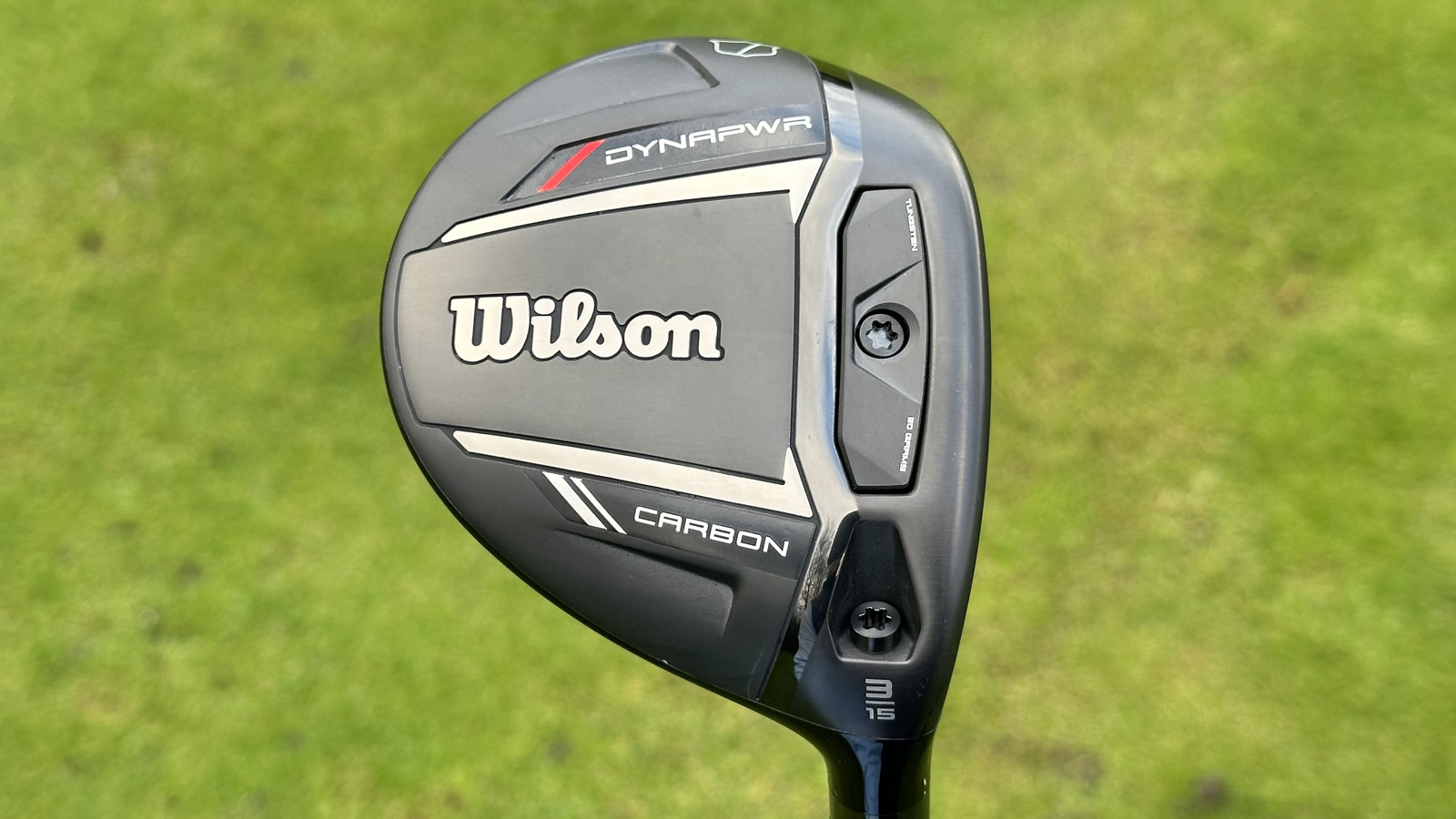
Specifications
Reasons to buy
Reasons to avoid
Wilson may not be the sexiest brand making clubs on the market but they tick every box in the looks department when it comes to their latest Dynapwr Carbon fairway wood. It delivers a far superior visual to the standard model, most notably via the glossy carbon crown. The black and red accents continue on from last year's model, providing a stealth aesthetic with minimal color tones.
Wilson's aim with the Dynapwr Carbon fairway wood was to lower the flight, spin and launch to produce tour-inspired performance. I set out in testing to see if they've achieved their objective and was pleasantly surprised at the results. I saw spin rates fall with the Carbon to 3633rpm compared to the standard model coming in at 4183rpm. This resulted in the Carbon achieving a 10-yard longer carry distance on average at 251 yards.
While the ball flight and power was particularly impressive, it was the improved sound and feel with the Dynapwr Carbon that really impressed. Coming in at a slightly cheaper price point than other models on this list, this is a fairway wood really worth considering.
- Read our full Wilson Dynapwr Carbon Fairway Wood Review
Best sound
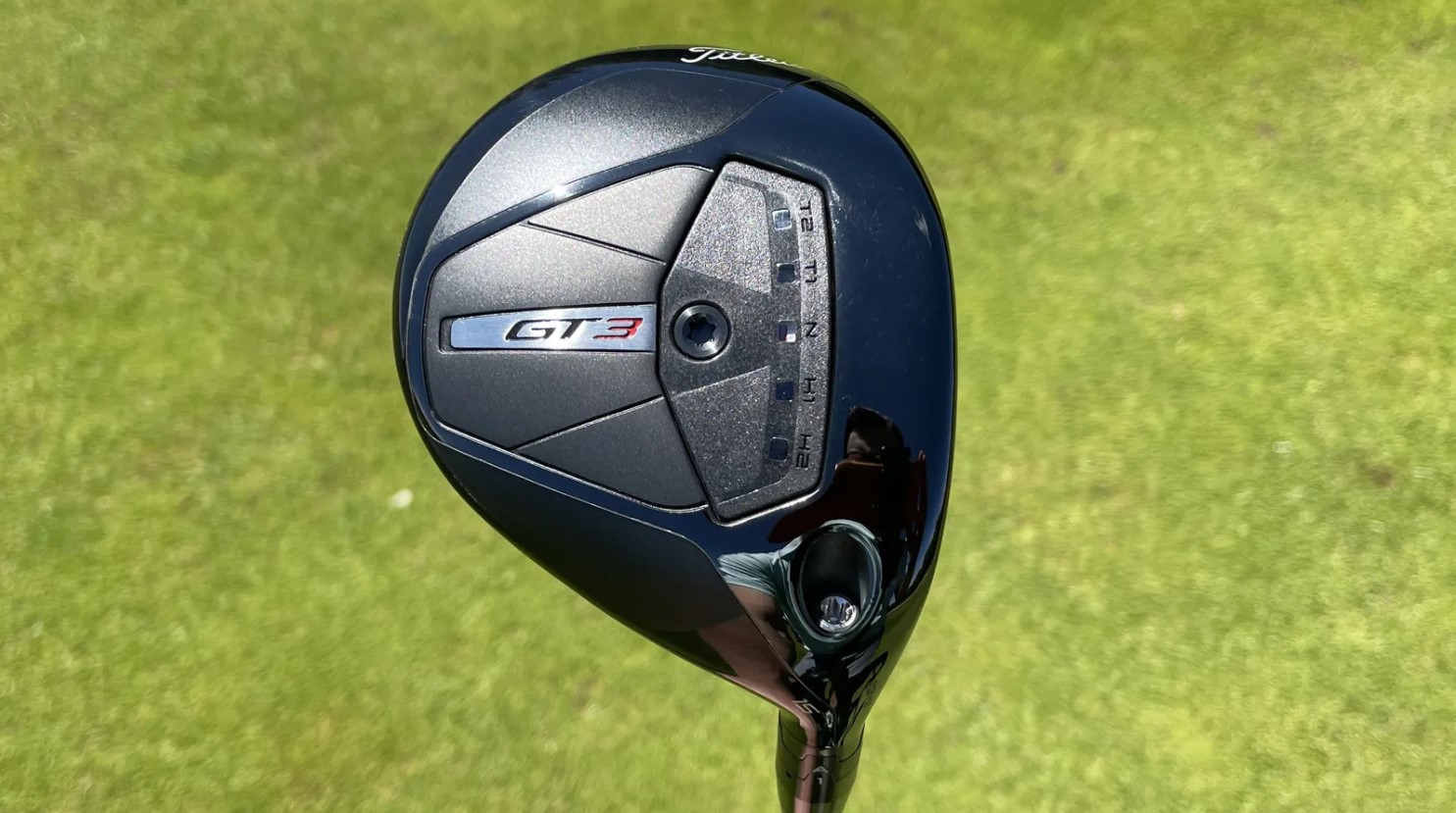
Specifications
Reasons to buy
Reasons to avoid
Featuring the same new Seamless Thermoform Crown design found on the GT2 fairway wood and the rest of the GT range, the GT3 has a new weight-track system on the sole that has been brought closer to the face, with the concentrated CG placement meaning more control and ball speed.
Looks-wise, the GT3 has a pear-shaped, tour-influenced design that will appeal to a large number of golfers and, when behind the ball, the lack of curvature in the heel and sole means it is incredibly inviting. Finally, because the head sits completely flush to the ground, it looks superb.
As you may have noticed, the GT3 has outstanding adjustability because of the weight-track system and, because of the taller face, it helps those who are slightly steeper with their angle of attack. Additionally, thanks to the new L-Cup face design and VFT (Variable Face Thickness), we noticed that there was very little drop off in ball speed compared to shots struck from the middle.
But I selected this as my favorite from a sound perspective because in my testing it really delivered a powerful and yet controlled acoustic off the face, which explains why it is such a popular model out on Tour.
- Read our full Titleist GT3 Fairway Wood Review
Best adjustability

Specifications
Reasons to buy
Reasons to avoid
The DS-ADAPT X fairway wood is the model in the range that has been designed to suit the widest range of golfers. As a result, in my testing it was very easy to launch and distance numbers were solid. This is thanks to the Pwr-Bridge technology that was also used in the Darkspeed range which I really enjoyed testing back in 2024. The X model here has this bridge positioned just slightly forward of the middle of the head to help reduce a little spin and increase playability to those that want it.
However the main tech story to talk about here is the FutureFit33 hosel, which features 33 different settings. This can feel a little overwhelming but there is a handy QR code etched onto the neck of the club that you can scan and it will bring up a graph showing all of the different settings and how they will affect the flight. I can’t help but feel the QR code stands out a little too much and slightly weakens the look of the club.That being said I enjoyed the fairly symmetrical shape when looking down at address and I love how the face is beautifully highlighted by the contrasting white score lines running horizontally across it.
Overall though, I am confident the X will be popular with a wide range of players thanks to the slick looks and all-round performance. The high launch and speed make it a model well worth considering if you need a new model.
- Read our full Cobra DS-ADAPT X Fairway Wood Review
Best from the tee
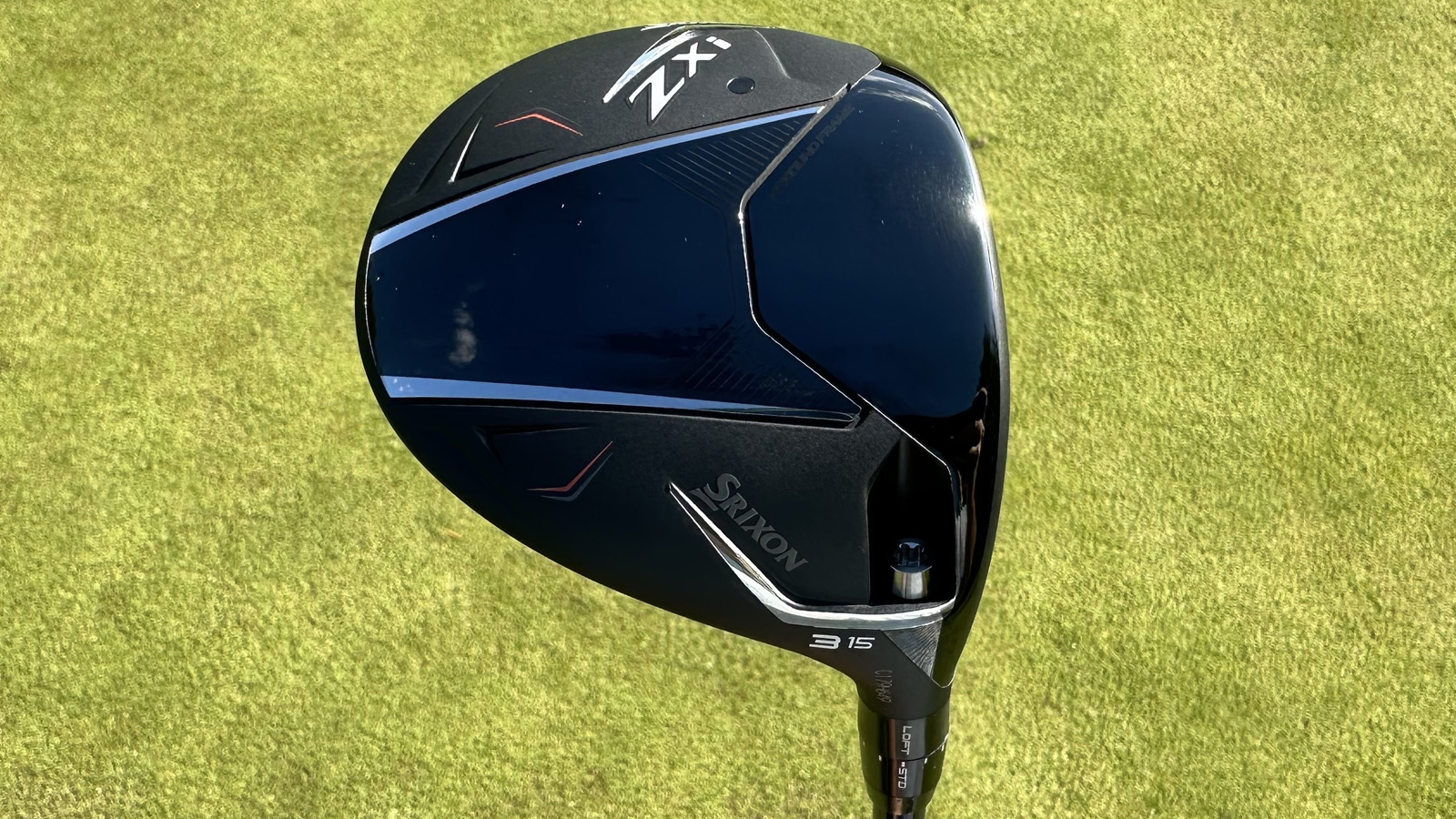
Specifications
Reasons to buy
Reasons to avoid
Another worthy inclusion on this list of the best fairway woods is the ZXi from Srixon. It looks absolutely stunning in the black finish and whilst the head looks slightly smaller compared to others on this list, it frames the ball beautifully at address. The top of the crown helped me align correctly and square up that club face before the strike as well.
During our testing I noticed distance numbers have taken a hike when compared to the older ZX5 Mk II fairway wood. This distance is complimented with a really tight dispersion, similar to that when I tested the TaylorMade Qi35 fairway woods. As such I think this is an outstanding model for those looking for a go-to club off the tee in particular. Additionally I loved the feel of the club, the change from a full titanium structure dampened the acoustics and vibration, although the sound is still much louder than the likes of the Callaway Elyte.
As you can see, and if you read a bit more in the in-depth review below, I loved just about every element of this ZXi fairway wood and I think it will be a serious contender in the metal-wood department this year.
- Read our full Srixon ZXi Fairway Review
Best looking
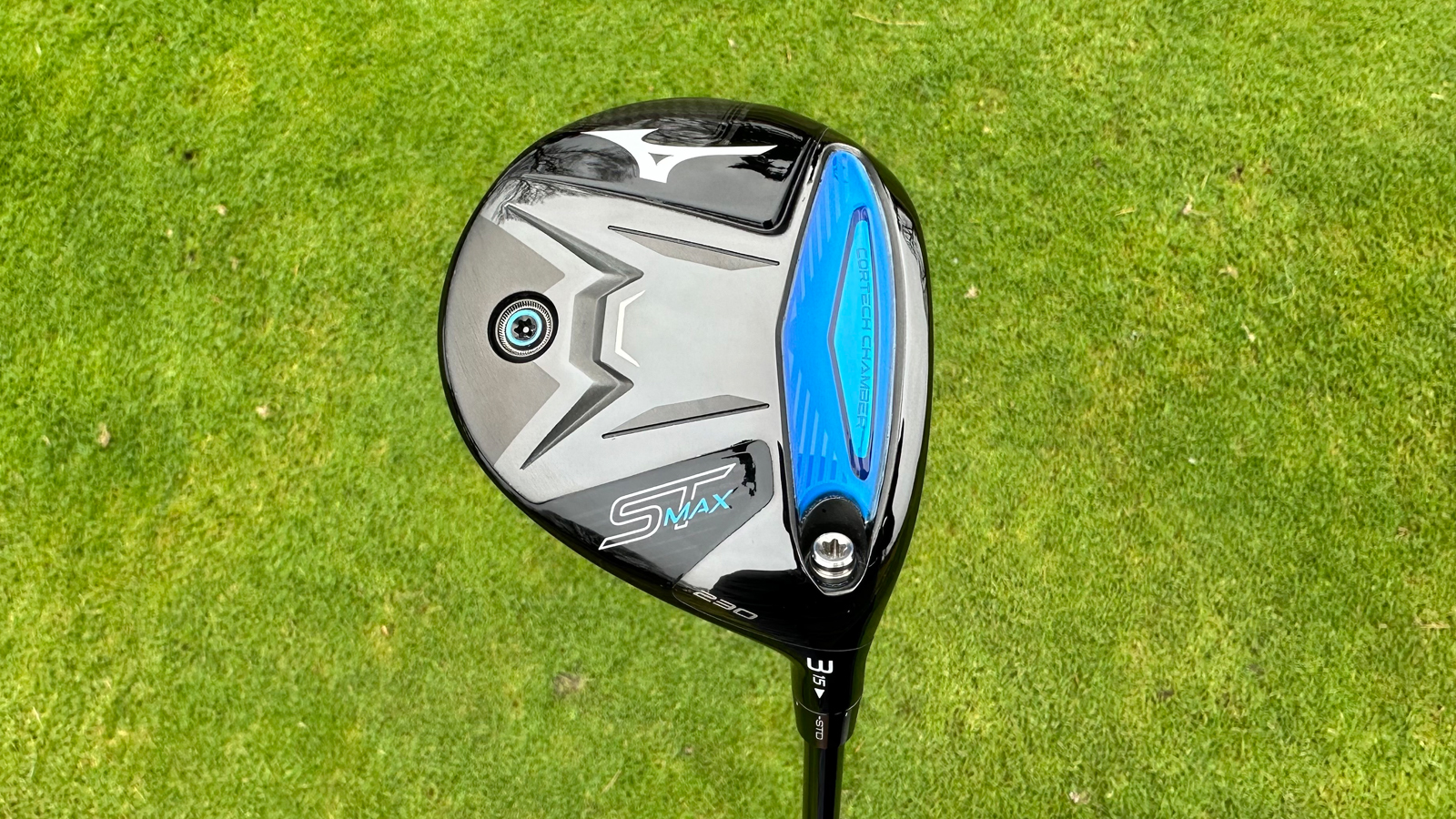
Specifications
Reasons to buy
Reasons to avoid
Our final fairway wood is the ST-Max 230 from Mizuno, taking the crown of the best looking fairway wood on this list. This fairway wood looks superb and the return of the bright blue Cortech Chamber TPU insert on the sole really gives this club some shelf appeal, whilst the carbon-fibre crown looks like something from the inside of a supercar.
It's not just a good looking club, but a top-performing one too. It produced solid distance from the tee, a high launching ball flight and was particularly good from the fairway and first cut of rough down.
We felt that the forgiveness was fine but not amazing for a club of this nature and mis-hits suffered more in terms of distance than dispersion. All of this makes it more suited to the better player, so higher handicap golfers, or those with slower swing speeds, should realistically look elsewhere.
- Read our full Mizuno ST-Max 240 Fairway Wood Review
How we test the best fairway woods
When it comes to Golf Monthly's testing procedure, we use the same ethos and methodology for all golf products to make sure our reviews are as insightful, honest and comprehensive as possible. We like to attend product launches whenever possible so we can meet with the manufacturer’s R&D experts and therefore get a better understanding of the new technology.
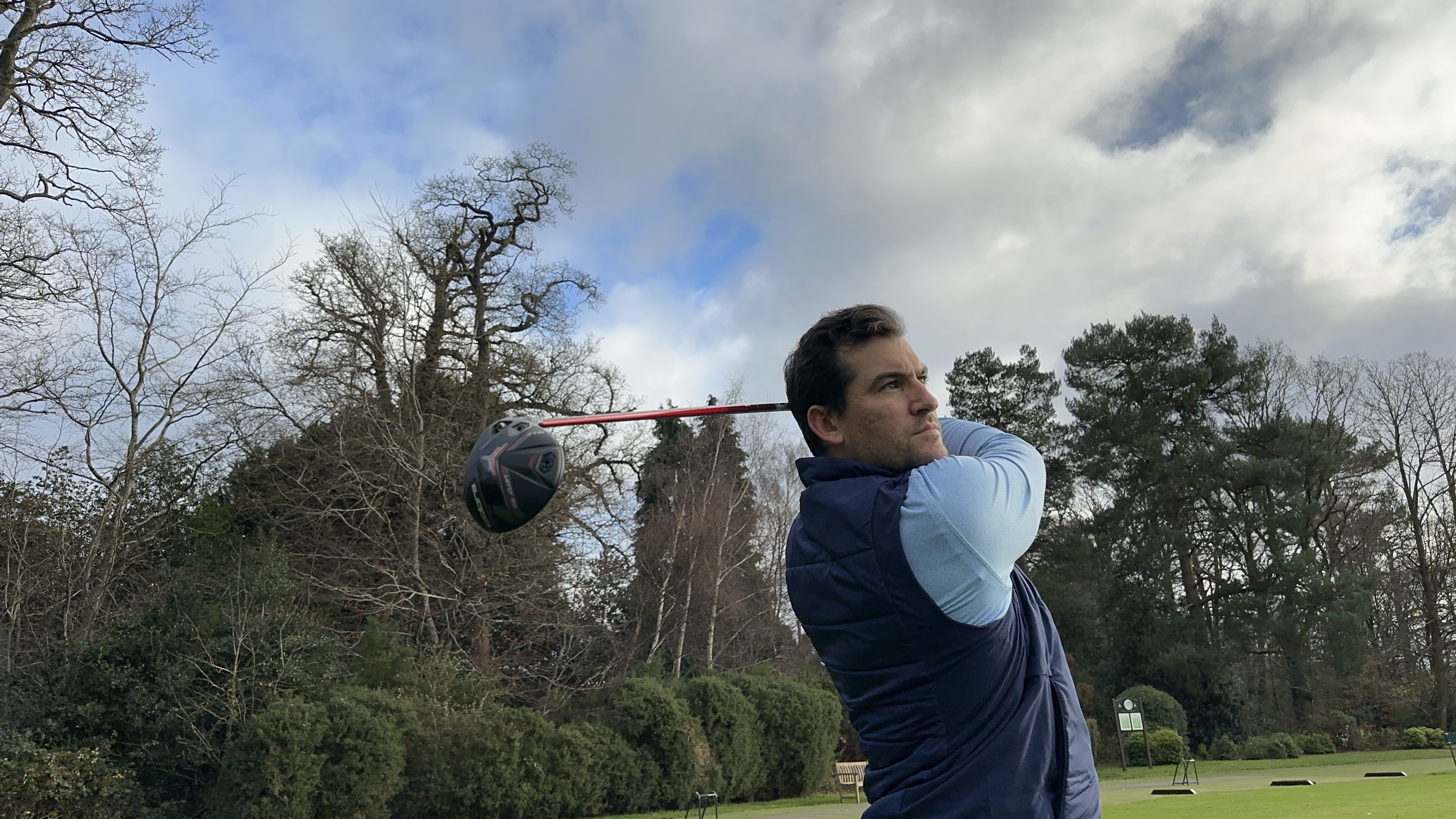
After we have that understanding, our first port of call when hitting clubs is usually the indoor simulator at Foresight Sports, where the team can test in a controlled environment using the best golf balls and the GCQuad launch monitor. We also use TrackMan at golf facilities across the UK. We then follow that up with outdoor testing, usually on ranges at West Hill Golf Club, Surrey, along with North Hants Golf Club in Hampshire. Finally, after getting all the data we need we head out to the golf course to get a feel for how the clubs perform in actual golf situations. This testing out on the course takes place at least over a number of rounds because using the club consistently for a period can tell us about general performance in facets like - versatility, usability, how the club performs in different conditions and so on.
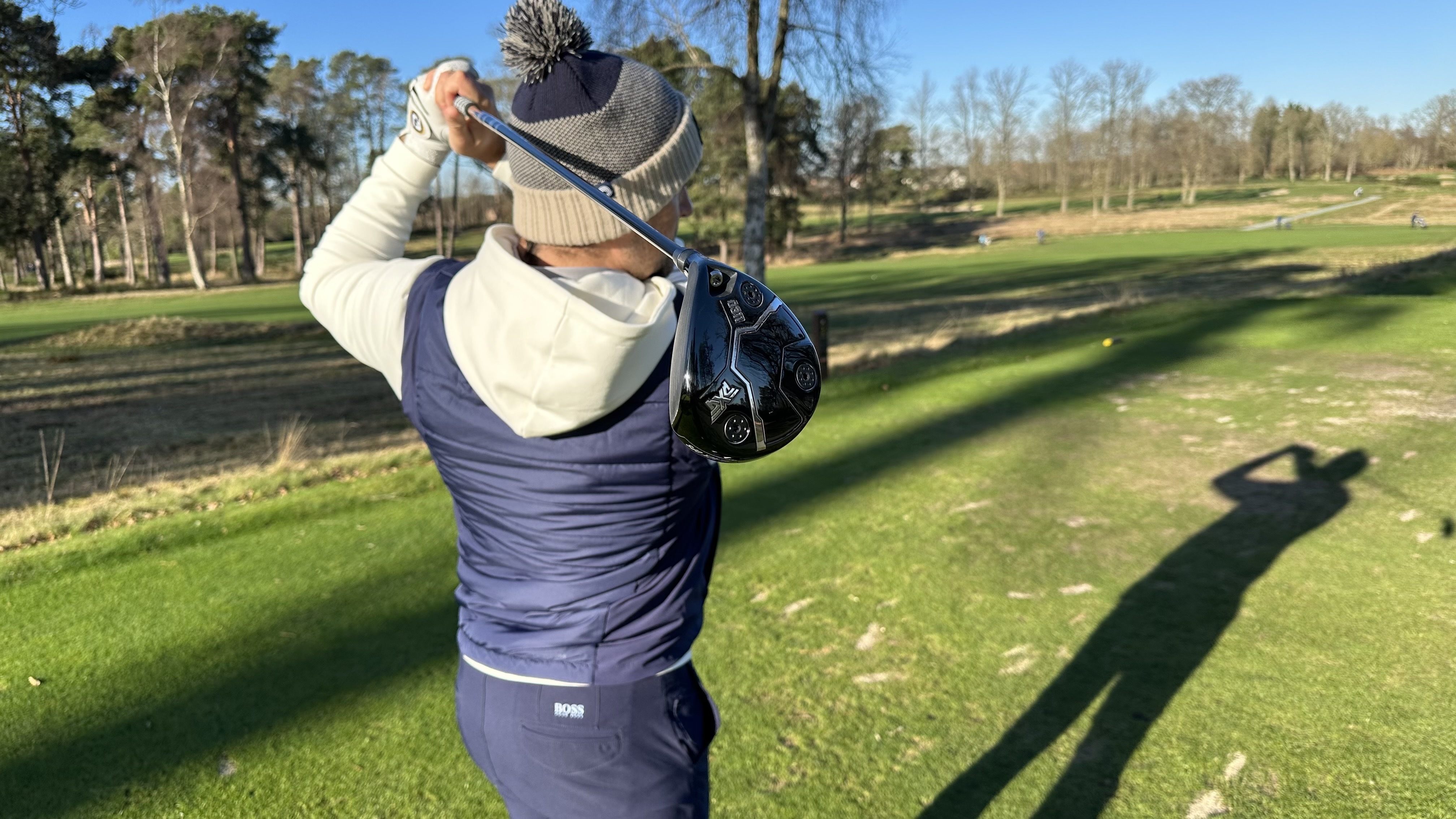
Specifically for fairway woods, product testing is headed up by Sam De'Ath, who is a former competitor on the EuroPro Tour and Clutch Pro Tours. Sam is supported by our technical editor Joel Tadman. Both Sam and Joel are competitive low handicap golfers who are able to efficiently test the biggest product releases and successfully communicate equipment technology and product features to a wide golfing audience.
How to choose a fairway wood
If you are thinking about upgrading your metal woods then it is probably a wise decision, as there being plenty of new and exciting options on the market right now. When it comes to fairway woods you ideally want the perfect balance between forgiveness and distance, as one without the other is not going to help you much. The good news is that brands are constantly innovating the design producing new golf clubs that are designed to help you swing through the golf ball with more power and precision and the advancements made in technology have made striking from the fairway with a wood easier than ever before.
However, there are so many excellent models on the market right now it can sometimes be very difficult to decide which one is best for your specific needs. So to help, we've set out a few important considerations below that you're going to want to think about when choosing your next metal wood.
1. Loft
Figure out the specific gap to be filled in your golf bag. Ask yourself how far does my driver go, and how far do your longest irons or hybrids go? Knowing this will dictate the ideal loft for your fairway wood. You may want to carry both a 3 wood and a 5 wood, or perhaps you will compromise and go with a 4 wood. Efficient gapping is vitally important because it can save space in your bag which can be used for an extra wedge.
2. Forgiveness
Some fairway woods are more forgiving than others and that is often by design. A tour pro is not likely to use a fairway wood designed for a high handicap player and therefore a high handicap player should not be trying to use something that is in the bag of a tour pro. Know your skill level and shop accordingly. Most manufacturers nowadays create different models for different levels of player. For example, there are three different Cobra fairways right now with different head sizes/shapes which are designed for golfers who require different things. A higher handicap golfer may need help getting the ball in the air while a more accomplished player will be looking for a lower spinning version. A good rule of thumb is that if you need as much help as possible then a larger head will work for you, whilst if you are a better player and a more consistent ball striker, strike is more consistent, then forgiveness is not going to be your main requirement.
3. Versatility
Fairway woods perform different roles and therefore need to be versatile. Ideally you will want one that you can rely on off the tee but that you are also comfortable hitting off the deck from different lies. You might even want to use it for bump and run shots around the green. If you have a model that works in only one of these areas, then it is probably worth shopping around to find something with more versatility as it will help to lower your scores.
4. Looks
Non golfers might see this as a little superficial, but you have to like how a golf club looks and it isn't just for vanity reasons, there are practical benefits to having a club that is aesthetically pleasing. If you like how a club looks when you are stood over the golf ball it will promote confidence in your ability to hit a nice shot. If it doesn't look good behind the ball the reverse is true. The fairway wood is one of the most difficult clubs to hit, which is why you need something that gives you confidence and may even spark a pang of jealousy in your playing partners. Our advice is go and pick several models, see how they look and feel in your hands and then if possible test them in a variety of situations and lies.
5. Adjustability
Many modern fairway woods come with a degree of adjustability, whether that’s loft, moveable weights or shaft fittings. Think about how important adjustability is to you, because you can change the characteristics of a club’s performance with a turn of a wrench. That won't appeal to everybody though so if you are one of those who like to keep things simple then look for a non-adjustable model with a stock shaft that you hit well.
6. Price
Of course, price is always something to consider when buying golf clubs because there are different price points and also different people can afford different models. As such I would recommend having a clear idea on your budget, testing several clubs properly in your price range, and then pick accordingly.
For more options at the top end of the bag, be sure to check out our guides on the best fairway woods for high handicappers or maybe one of the best mini drivers.
FAQs
What are fairway woods?
Fairway woods are versatile distance clubs that are designed to be hit from the tee, off the fairway and even from light rough, similar to a mini or small headed driver but with slightly more loft and a shallower face.
Traditionally, the size of a driver head ranges from roughly 440cc to 460cc, whereas a fairway wood often is from 140cc to 180cc. Fairway woods look similar in appearance to drivers but have smaller heads.
Fairway wood faces are much shallower than a driver, which keeps the COG (centre of gravity) lower, helping you to get the ball airborne. Fairway woods are more forgiving than long irons and almost every Tour player puts one or two fairway woods in the bag.
What loft should a fairway wood be?
As touched on above, manufacturers offer a range of fairway wood head styles and lofts, ranging from super-strong three woods at 13.5° to 7,9 or 11-woods which are designed for golfers who struggle to launch mid and long irons and want more confidence inspiring equipment to hit the ball further.
Each golfer is different, in their physical fitness, ability and approach to the game. A wide range of fairway wood lofts can provide options for senior players, women and juniors who want alternatives to hitting longer irons. Many established Tour winners have carried 7-woods when course conditions required high flying soft-landing ball flights on key par-5 holes and at long par-3’s.
For the average golfer, a 7 wood will usually be quite easy to hit high and straight and could potentially replace a 5 iron in the bag, but the high flight is not always going to be the best option in difficult weather conditions. It's a great option to have though and it's a lot of fun to hit.
What fairway woods should I carry?
This depends on three factors.
First, what ability level are you? Fairway woods are more forgiving than long irons, so if you are a beginner or a high handicap player we’d recommend putting as many fairway woods in the bag as possible, providing the lofts and gapping are correct. Some brands offer a wide range of fairway woods which means if you struggle with longer or even mid-irons, you can switch them out for a 7 wood or even a 9 wood.
If you are a better player who is comfortable hitting mid/long irons, then how many woods you carry will depend on the following two factors.
Loft and gapping is the next point to mention. Fairway woods have to be able to fill the gap in the bag from the driver to your irons. If you carry a full set of irons and perhaps also a hybrid, then knowing how far you hit each club gives you insight into which yardages you need to fill with fairway woods and you may only need one. The best way of doing this is on a launch monitor with an experienced PGA professional or custom-fitter.
The final factor is the type of golf course do you play on? If you play a lot of links golf, then you’ll likely need to hit lower penetrating shots, whereas inland or parkland golf requires you to hit shots that fly higher and land softer on the fairway or green. Fairway woods are definitely more suited to target parkland golf rather than fast-running firm linksland golf.
The same logic applies to playing golf in windy conditions. Fairway woods are usually designed to give higher launch which makes them difficult to control in the wind, especially when compared to long irons or driving and utility irons.
Take a look at our guides on the best golf drivers and most forgiving drivers for more help at the top of the bag.
Subscribe to the Golf Monthly newsletter to stay up to date with all the latest tour news, equipment news, reviews, head-to-heads and buyer’s guides from our team of experienced experts.

Sam has worked in the golf industry for 14 years, offering advice on equipment to all levels of golfers. Sam heads up any content around fairway woods, hybrids, wedges, putters, golf balls and Tour gear.
Sam graduated from Webber International University in 2017 with a BSc Marketing Management degree while playing collegiate golf. His experience of playing professionally on both the EuroPro Tour and Clutch Pro Tour, alongside his golf retail history, means Sam has extensive knowledge of golf equipment and what works for different types of golfers.
- Sam TremlettSenior E-commerce Editor
- Matt CradockStaff Writer
- Conor KeenanGear & Ecommerce Writer